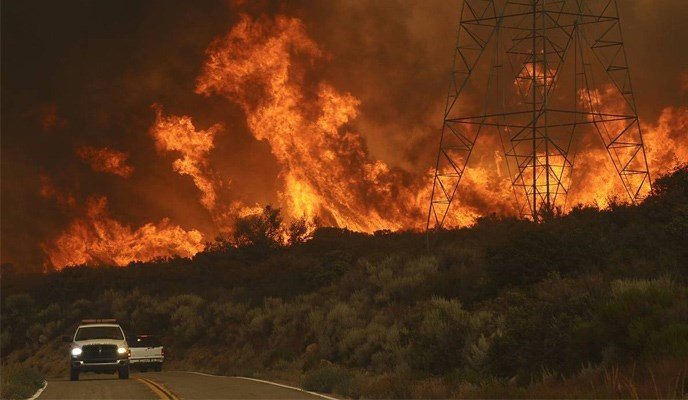Transmission Aerial Inspections - Stakeholder Engagement Tool
Maximizing awareness of helicopter and drone operations in high fire risk areas

The threat of wildfires in California is greater than ever before, with their prevalence, size, and damage reaching record highs. Utilities have been taking creative approaches to inspect and repair their aging infrastructure in at-risk areas, including aerial inspections via drone and helicopter.